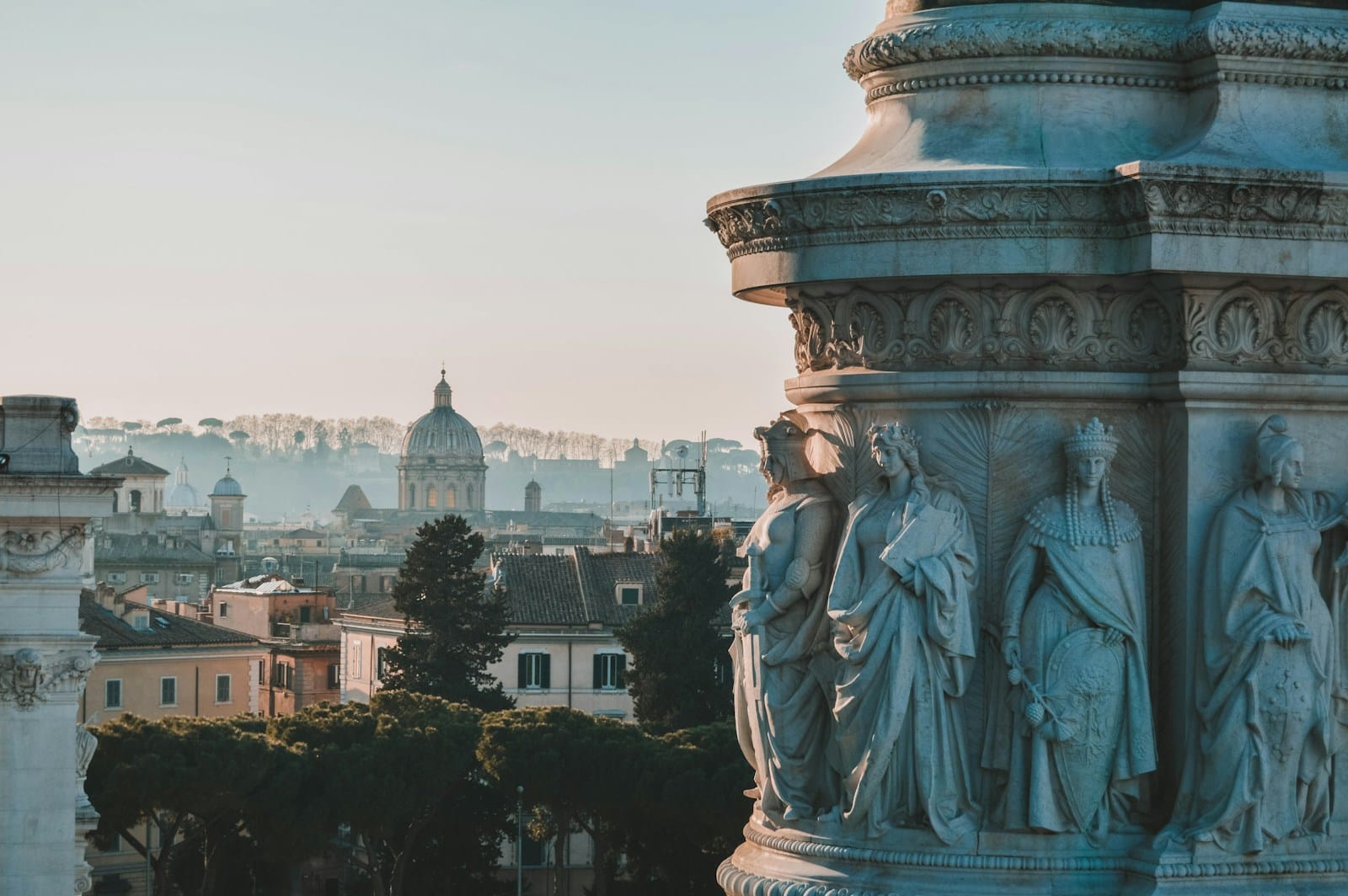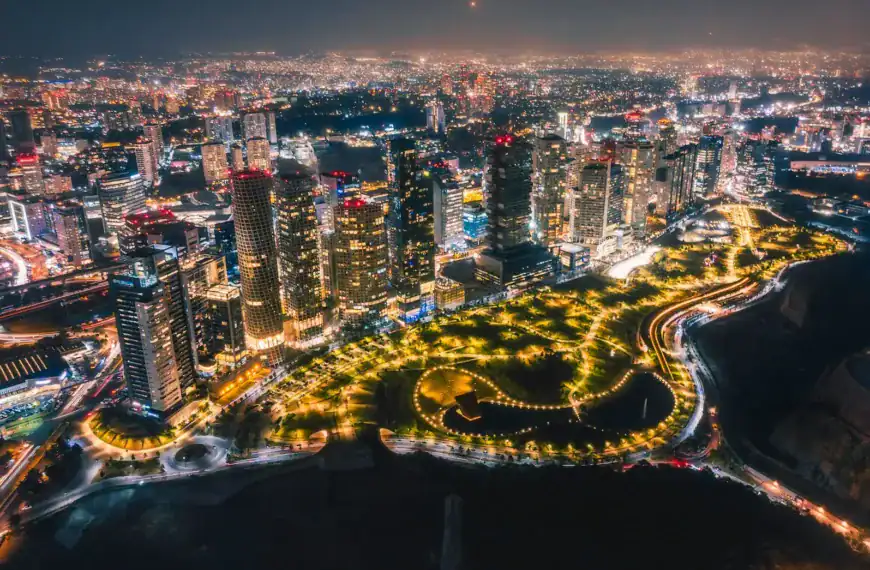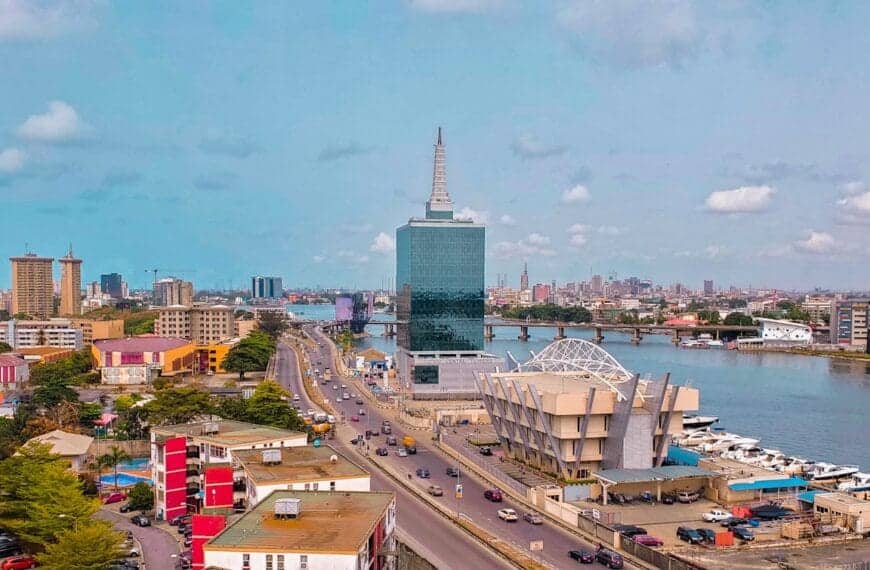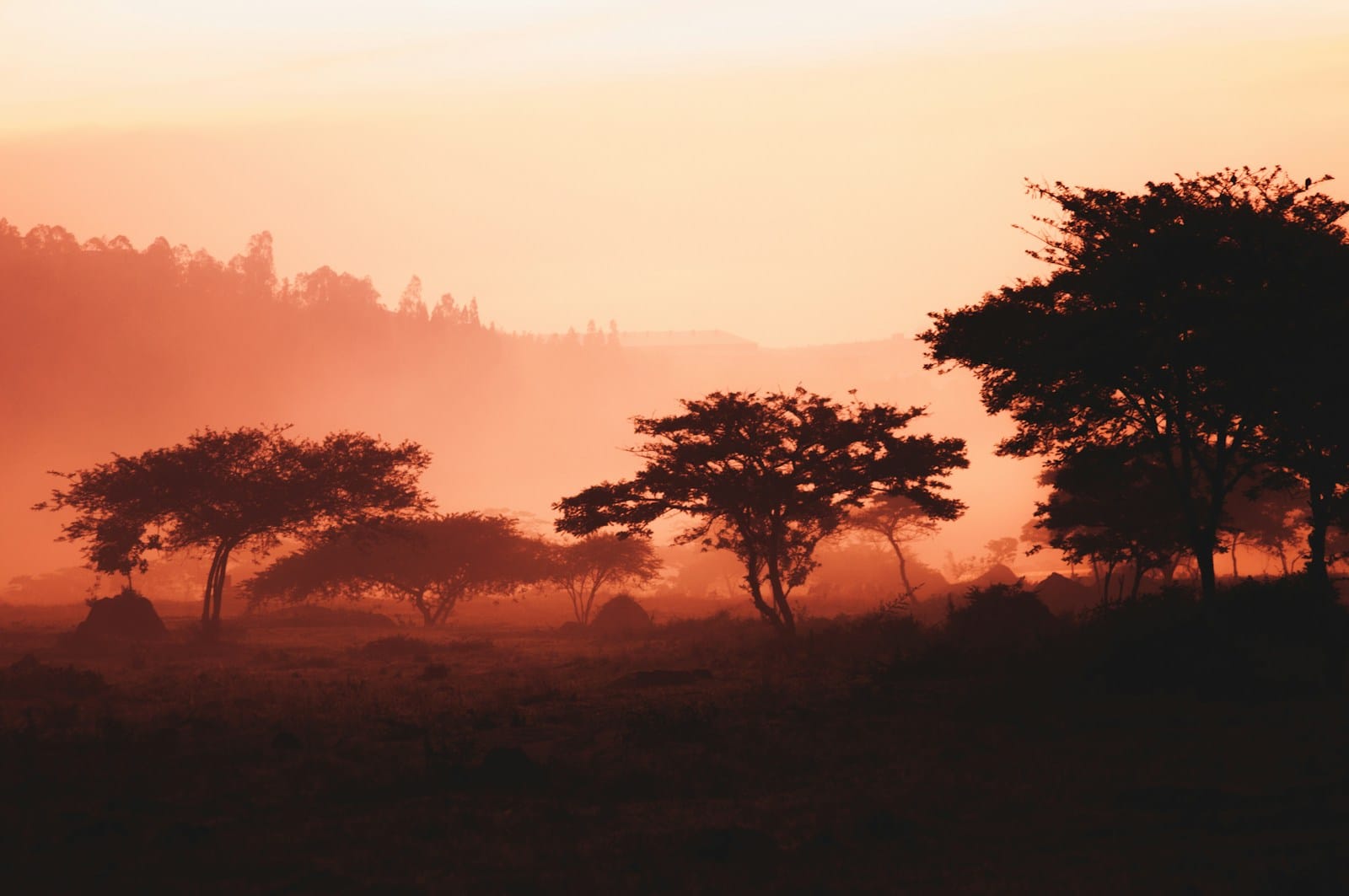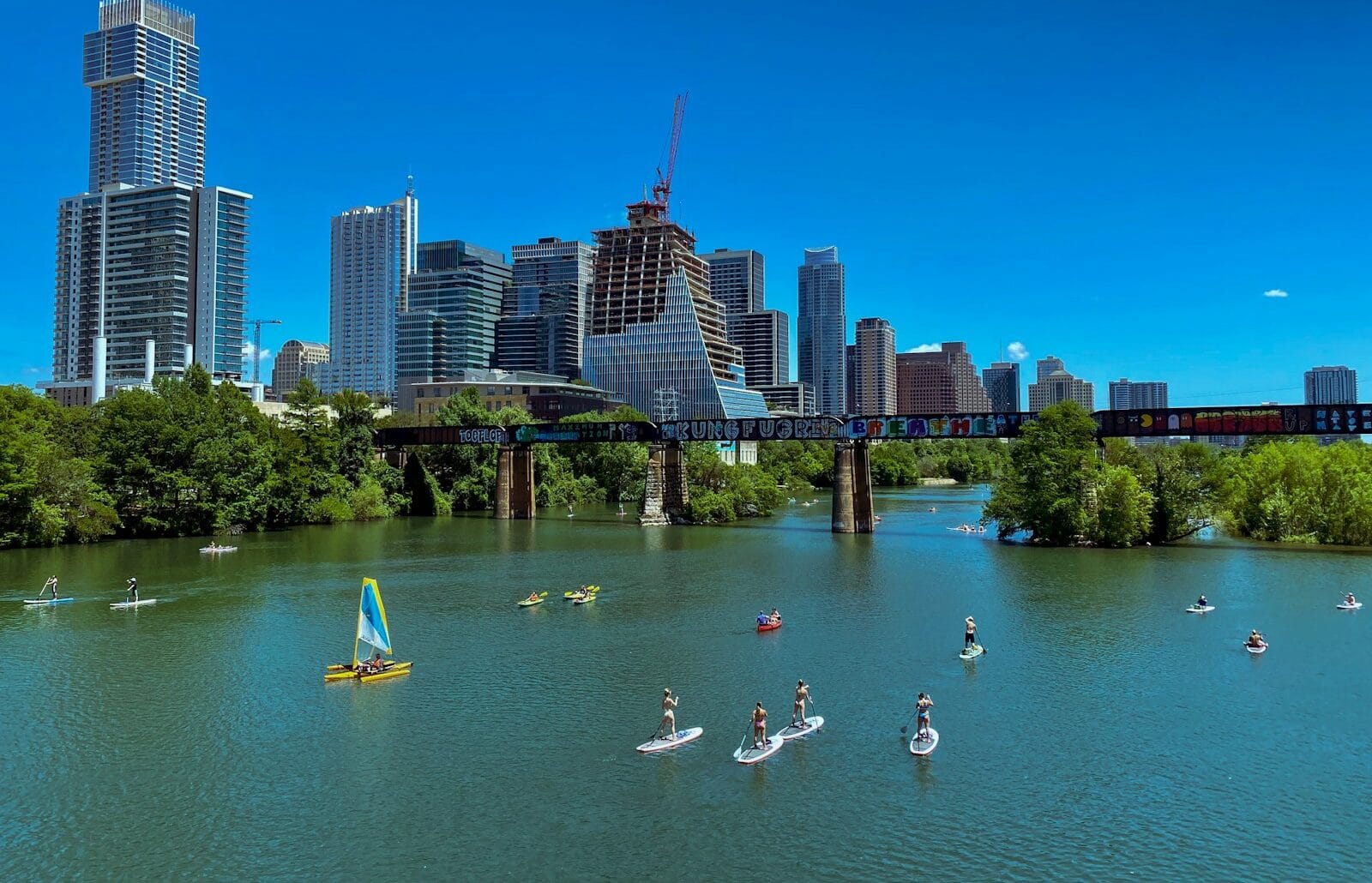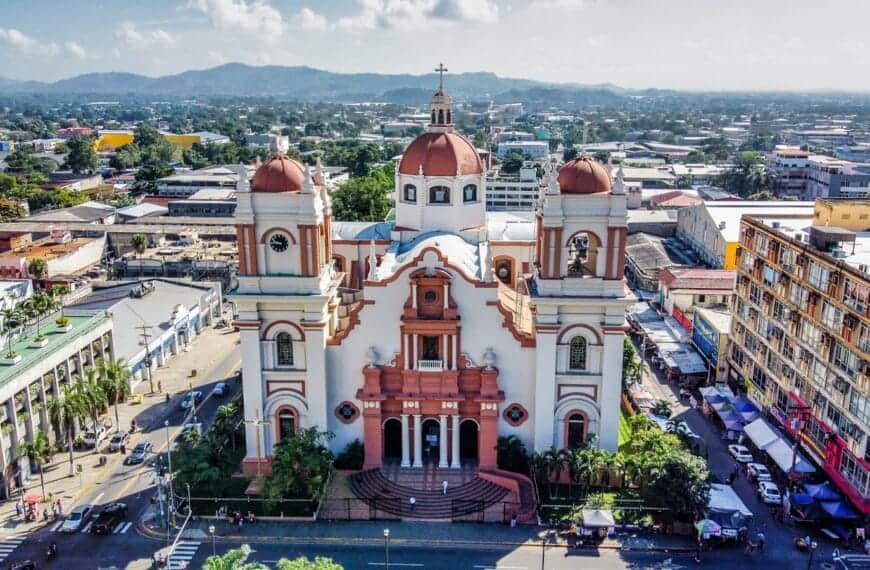Rome Travel Guide and Top Places to Visit in Italy
Intro to Rome Travel Guide
Rome is a city where history and daily life blend seamlessly — where you can sip an espresso in a bustling piazza while gazing at ruins that date back millennia. Known as the Eternal City, Rome invites travelers to step into living history, from gladiator arenas and Renaissance palaces to trattorias serving recipes unchanged for generations. This Rome travel guide will help you uncover the best of its neighborhoods, monuments, and cultural experiences, offering practical tips and expert advice to make your trip unforgettable.
Start your journey with our Rome Tour Guide and uncover all that awaits — from Vatican treasures and trattoria culture to hidden courtyards and moonlit piazzas.
Must-See Attractions in Rome
Campo de’ Fiori | Castel Sant’Angelo | Colosseum | Piazza Navona | Piazza Venezia | Roman Forum | Spanish Steps | St. Peter’s Basilica | Trevi Fountain | Trinità dei Monti | Vatican Museums | Villa Borghese
💡Quick Facts:
Destination: Rome
Continent: Europe
Country: Italy
Region: Lazio
Area: ~1,285 km²
Population: ~2.8 million (Comune di Roma, 2023 est.)
Density: ~2,180 people/km²
Capital: Rome is the national capital of Italy
Subregions: Historic center (Centro Storico), Vatican City enclave, Trastevere, Testaccio, EUR district
Official Language: Italian; English widely spoken in tourist zones
Currency: Euro (EUR, €)
Time Zone: Central European Time (UTC+1; UTC+2 in summer)
Airports: Leonardo da Vinci–Fiumicino (FCO), Ciampino (CIA)
Climate: Mediterranean; hot, dry summers, mild, wetter winters
Known For: Colosseum, Roman Forum, Vatican City, Baroque fountains and piazzas, UNESCO World Heritage historic center
Religions: Predominantly Roman Catholic; seat of the Vatican City and papacy
🛂Arrival Info:
Visas: Schengen rules apply; US, Canada, UK, Australia, and many others get 90 days visa-free.
ETIAS: Will be required for visa-exempt travelers starting mid-2025.
Immigration/Customs: EU entry formality; restrictions on cash >€10,000, food, alcohol, medications.
Air Access: Direct flights from all major global hubs.
Official Source: Italian Ministry of Foreign Affairs – Visa Info
🏥Health Info:
Vaccines: Routine vaccines up to date; Hepatitis A, B for extended stays.
Hospitals: Several English-speaking hospitals and private clinics.
Emergency Care: 112 (EU-wide); hospitals near Termini and Vatican offer urgent care.
Water Safety: Tap water safe; many public fountains (“nasoni”) provide drinkable water.
Reference: Italian Ministry of Health
🚑 Check travel insurance options for travel emergencies, delays, and medical needs abroad — Get coverage here
💉 Stay Informed with Official Updates: WHO – International Travel & Health | CDC – Travel health updates
🚨Travel Advisory:
Crime: Pickpocketing in tourist hotspots, Termini station, crowded buses.
Transport Risks: Unofficial taxis; use licensed white cabs with “TAXI” and meter.
Civil Rights: LGBTQ+ travelers safe, though conservative attitudes remain in some areas.
🌍Track Real-Time Official Updates: US Travel Advisory | UK Foreign Travel Advice | Government of Canada | NZ SafeTravel
🥳Holidays:
Jan 1: New Year’s Day
Apr (variable): Easter Monday (Pasquetta)
Jun 2: Republic Day
Aug 15: Ferragosto (Assumption of Mary)
Nov 1: All Saints’ Day
Dec 25–26: Christmas & St. Stephen’s Day
(Crowds peak around Easter and Christmas in Vatican City.)
💰Visitor Info:
Currency: Euro (€); cards widely accepted.
Tipping: Not obligatory; round up small amounts, service charge often included.
Tourist Tax: €4–7 per night, depending on accommodation class.
Costs: Budget €60/day; Midrange €120–200/day; Luxury €250+/day.
Reference: Comune di Roma – Tourist Tax
🛫Airports:
Fiumicino (FCO): Main international hub; ~32 km from city center.
Ciampino (CIA): Low-cost carriers; ~15 km from city.
Transport: Train (Leonardo Express), buses, taxis, rideshare.
🧳 Delayed or canceled flight? Check if you’re eligible for compensation
🚍Transport:
Metro: 3 lines (A, B, C); frequent but limited coverage.
Buses/Trams: Extensive but can be delayed by traffic.
Taxis: Official white taxis with meters.
Rail: Roma Termini is hub for national and high-speed trains.
Passes: Roma Pass and integrated transport tickets available.
Authority: ATAC Rome
🚗 Book reliable airport transfers and in-city rides in advance. Reserve your ride here
🛰️Connectivity:
SIM/eSIM: TIM, Vodafone, WINDTRE, Iliad.
Public Wi-Fi: Municipal hotspots in piazzas, museums, parks.
Power: Type F/L plugs, 230V.
Apps: MyCicero (transport), Trenitalia, Italo, Google Maps.
🛜 Stay connected abroad with affordable eSIM data packs. Get your eSIM here
📜Laws & Etiquette:
Alcohol: Legal age 18; no open-container bans in most piazzas but restrictions in some zones.
Dress Code: Modest dress required in churches (cover shoulders/knees).
Fountains: Bathing/throwing trash prohibited; fines apply.
Drones: Heavily restricted within city.
Etiquette: Handshakes common; dining is leisurely; don’t order cappuccino after 11 a.m.
👮Emergency Info:
Emergency Numbers: 112 (general), 118 (medical), 113 (police)
Tourist Police: Dedicated unit near Termini & Piazza Venezia.
Tourism Board: Turismo Roma
🗺️US/UK Embassies Abroad: US Embassies | UK Embassies
🏛️ Embassy locator tools: Embassies Worldwide
🌞Weather:
Spring (Mar–May): 12–22°C, pleasant, flowering piazzas.
Summer (Jun–Aug): 28–34°C, hot, fewer locals (many leave for holidays).
Autumn (Sep–Nov): 15–25°C, mild, harvest festivals.
Winter (Dec–Feb): 4–12°C, chilly but quieter.
Daylight: 9 hours in winter, up to 15 in summer.
Reference: Servizio Meteorologico Aeronautica Militare
🌦️ Stay prepared—check the weather forecast for your destination — Weather Forecast
Must-Visit Destinations Across Rome
Centro Storico
The heart of Rome, the Centro Storico brims with landmarks like Piazza Navona, the Pantheon, and Campo de’ Fiori. Wandering its cobbled alleys reveals baroque fountains, gelato shops, and timeless piazzas. Staying here keeps you within walking distance of many highlights.
Vatican City
Technically a separate country, Vatican City is the spiritual hub of Catholicism and home to treasures like St. Peter’s Basilica, the Vatican Museums, and the Sistine Chapel. Early morning tours provide a quieter look at Michelangelo’s ceiling.
Trastevere
Across the Tiber, Trastevere charms with ivy-clad facades, artisan boutiques, and vibrant nightlife. Its cobblestone streets lead to trattorias serving wood-fired pizza and squares buzzing with students and artists.
Monti
Rome’s bohemian quarter lies near the Colosseum yet feels refreshingly local. Monti is dotted with wine bars, vintage shops, and independent cafés, making it ideal for younger travelers and creative spirits.
Testaccio
Food lovers gravitate to Testaccio, the traditional culinary district. Here, markets showcase Roman staples like artichokes, pecorino cheese, and cured meats, while authentic osterias serve carbonara and amatriciana.
Aventine Hill
Aventine is peaceful and residential, with leafy gardens and churches. The “keyhole view” of St. Peter’s dome from Piazza dei Cavalieri di Malta is a hidden gem.
Campo Marzio & Prati
Prati, near the Vatican, offers elegant shopping avenues and grand architecture. Campo Marzio, meanwhile, delivers fashion boutiques and the famous Spanish Steps.
Which Part of Rome Fits Your Style?
Cultural Immersion
For travelers chasing art, archaeology, and ancient stories, staying in Centro Storico or near the Roman Forum places you in history’s epicenter.
Food & Local Living
Testaccio and Trastevere immerse visitors in food culture, lively evenings, and authentic local life, with easy access to markets and trattorias.
Romance & Luxury
Campo Marzio and Prati, with luxury hotels, boutique shops, and piazzas lit by lamplight, suit couples seeking elegance.
Slow & Bohemian
Monti and Aventine provide quieter rhythms with artisan cafés, street markets, and leafy escapes.
Scenic Escapes in Rome
Villa Borghese Gardens
Rome’s green heart offers walking paths, fountains, and museums like the Galleria Borghese. Families enjoy the park’s boating pond and playgrounds.
Janiculum Hill
For sweeping city views, the Janiculum (Gianicolo) offers panoramas of domes and rooftops. Sunset here captures Rome in golden hues.
Appian Way (Via Appia Antica)
This ancient Roman road invites travelers to bike or walk past aqueducts, catacombs, and countryside just outside the city bustle.
Orange Garden (Giardino degli Aranci)
On Aventine Hill, this fragrant garden frames one of Rome’s most photogenic skyline views.
Cultural & Historic Landmarks in Rome
Colosseum
Rome’s most iconic landmark once hosted gladiator battles and spectacles. Guided tours unlock its underground chambers and upper tiers.
Roman Forum
Ruins of temples, basilicas, and arches form an open-air museum of Roman civic life. Audio guides help bring its history alive.
Pantheon
This marvel of ancient engineering still inspires awe with its massive dome and oculus. Entrance is free, making it a must-see.
St. Peter’s Basilica
One of Christianity’s greatest churches, its grandeur includes Michelangelo’s Pietà and a climbable dome for sweeping views.
Vatican Museums & Sistine Chapel
Housing works from Egyptian artifacts to Renaissance masterpieces, the Vatican Museums culminate in Michelangelo’s Sistine Chapel ceiling.
Trevi Fountain
A baroque masterpiece where visitors toss coins to ensure their return to Rome. Early morning visits offer serenity.
Piazza Venezia & Altare della Patria
This grand white monument honors Italy’s unification, with terraces providing city vistas.
Local Flavors and Arts in Rome
Roman Pasta Dishes
Carbonara, cacio e pepe, amatriciana, and gricia form the “holy four” of Roman pasta. Each relies on simple, quality ingredients like pecorino and guanciale.
Markets
Campo de’ Fiori hosts daily produce stalls, while Testaccio Market offers both fresh ingredients and food counters perfect for lunch.
Coffee Culture
Romans drink espresso standing at the bar. Cafés like Sant’Eustachio and Tazza d’Oro are institutions.
Festivals & Arts
Easter celebrations at the Vatican, Festa della Repubblica (June 2), and open-air concerts in summer highlight Rome’s vibrant calendar.
Must-Do Experiences in Rome
- Gladiator Tour of the Colosseum: Step onto the arena floor for a gladiator’s-eye view of history.
- Vatican by Night: Seasonal evening tours reveal the Sistine Chapel with fewer crowds.
- Cooking Class in Testaccio: Learn to make pasta from scratch and enjoy it with local wine.
- Sunset on the Spanish Steps: Join locals for a golden-hour gathering in one of Rome’s most photogenic spots.
- Exploring Catacombs: The Appian Way’s underground tunnels reveal early Christian history.
- Gelato Tasting in Trastevere: From pistachio to fig, artisanal gelaterias make this a sweet ritual.
Guided Rome tours offer the easiest way to see highlights while uncovering hidden corners. Combine them with foodie stops and local culture for an unforgettable list of things to do in Rome. We may earn a commission if you book through our links — at no extra cost to you.
How to Get Around Rome
- Metro & Public Transport – Rome’s metro lines A, B, and C cover main areas, while buses and trams fill gaps. Tickets work across systems and should be validated before travel.
- Walking – Many highlights cluster in the historic center, and walking through piazzas often feels like part of the experience.
- Taxis & Ride Apps – Official white taxis use meters. Apps like FreeNow help avoid haggling. Be cautious of unlicensed drivers.
- Bikes & Scooters – Shared e-scooters and bikes are common but require confidence in busy traffic. The Appian Way is best explored by rented bike.
Best Time to Visit Rome
- Spring (March–May) – Mild weather and blooming wisteria make spring ideal. Easter festivities add cultural depth, though crowds grow near Easter week.
- Summer (June–August) – Hot and crowded, but lively festivals and outdoor dining thrive. Many Romans leave in August, so some businesses close.
- Fall (September–November) – Pleasant temperatures and harvest-season menus with truffles and wine make fall a favorite for food travelers.
- Winter (December–February) – Cooler but quieter, with festive Christmas markets and fewer lines at attractions. Epiphany celebrations in January add tradition.
Travel Itineraries to Try in Rome
3-Day Classic Rome
- Day 1 – Begin at the Colosseum, stepping inside the arena to imagine gladiatorial battles, then continue to the Roman Forum and Palatine Hill for sweeping views of the city’s foundations.
- Day 2 – Spend the morning at the Vatican Museums, marvel at the Sistine Chapel ceiling, and enter St. Peter’s Basilica before climbing the dome for panoramic vistas.
- Day 3 – Wander through the Centro Storico, from the Pantheon’s perfect dome to tossing a coin in the Trevi Fountain and ending at Piazza Navona’s fountains and cafés.
5-Day Extended Stay
- Day 1 – Visit the Colosseum, Roman Forum, and Palatine Hill, taking a guided tour to bring history to life.
- Day 2 – Explore the Vatican Museums, Sistine Chapel, and St. Peter’s Basilica, leaving time to climb the dome at sunset.
- Day 3 – Stroll the Centro Storico with highlights like the Pantheon, Piazza Navona, Campo de’ Fiori, and Trevi Fountain.
- Day 4 – Take a day trip to Tivoli to see Hadrian’s Villa and the fountains of Villa d’Este, returning in the evening.
- Day 5 – Conclude in Trastevere, enjoying its churches, cobblestone lanes, and a food tour through trattorias and wine bars.
7-Day Immersive Rome
- Day 1 – Start at the Colosseum and Roman Forum, then relax with dinner in Monti.
- Day 2 – Dedicate a full day to the Vatican Museums, Sistine Chapel, and St. Peter’s Basilica, climbing the dome before sunset.
- Day 3 – Explore the Centro Storico, walking from the Pantheon to Piazza Venezia and ending at the Spanish Steps.
- Day 4 – Cycle or walk the Appian Way, visiting catacombs and aqueducts along the route for a mix of nature and history.
- Day 5 – Visit the Borghese Gallery to see Caravaggio and Bernini masterpieces, then relax in Villa Borghese Gardens.
- Day 6 – Day trip to Tivoli or Ostia Antica, comparing ancient ruins and Renaissance villas.
- Day 7 – Enjoy slow travel with an open-air opera, a jazz club, or sunset at Janiculum Hill before departing.
10-Day Roman Holiday
- Day 1 – Visit the Colosseum, Roman Forum, and Palatine Hill, exploring with a guide for full context.
- Day 2 – Spend the day in the Vatican, from the museums and Sistine Chapel to climbing St. Peter’s dome.
- Day 3 – Wander the Centro Storico — Pantheon, Trevi Fountain, Piazza Navona — and enjoy gelato in the evening.
- Day 4 – Take a cooking class in Testaccio, learning pasta-making before an evening stroll in Trastevere.
- Day 5 – Explore the Appian Way and catacombs, cycling past aqueducts and quiet countryside paths.
- Day 6 – Visit the Borghese Gallery and Gardens, then shop or café-hop around Campo Marzio.
- Day 7 – Day trip to Tivoli for Hadrian’s Villa and Villa d’Este’s fountains.
- Day 8 – Excursion to Ostia Antica for remarkably preserved Roman streets and mosaics.
- Day 9 – Take a high-speed train to Florence for Renaissance art and Tuscan cuisine before returning in the evening.
- Day 10 – Enjoy a leisurely morning in Rome’s piazzas, sipping coffee before final souvenir shopping and departure.
Smart Travel in Rome
- Health & Safety – Pickpocketing is common in tourist zones. Secure bags and avoid leaving valuables visible. Tap water is safe and free from public fountains.
- Local Etiquette – Dress modestly in churches, cover shoulders and knees. A small tip is appreciated but not required in restaurants.
- Climate Prep – Summer heat requires hats, water, and sunscreen. Cobblestones make comfortable shoes essential year-round.
Final Planning Tips for Rome
- Documents: EU citizens enter freely, others need passports and may require Schengen visas.
- Packing: Comfortable shoes, modest clothing for churches, and light jackets in spring/fall.
- Money: Euros are standard; cards widely accepted but carry cash for markets.
- Connectivity: eSIMs and local SIMs are affordable; Wi-Fi is available in hotels and many cafés.
Plan Smarter, Travel Better
- Book Ahead: Colosseum and Vatican entries sell out quickly; online reservations are essential.
- Balance Pace: Mix sightseeing with slow café breaks to absorb the city’s rhythm.
- Neighborhood Focus: Spend time in one district rather than rushing across town.
- Use Local Guides: Walking tours add depth, from ancient history to street food.
- Stay Central: Accommodation near major sites reduces transit stress.
Where to Travel After Rome
- Florence – Just 1.5 hours by high-speed train, Florence delivers Renaissance art and Tuscan cuisine.
- Naples – South of Rome, Naples offers pizza, while Pompeii preserves life frozen in volcanic ash.
- Amalfi Coast – Picturesque villages like Positano make for romantic extensions. Trains and buses link Rome to Salerno, gateway to Amalfi.
- Umbria – Quieter than Tuscany, Umbria offers hill towns, wine routes, and Assisi’s basilicas.
It’s Time to Experience Rome
Rome rewards slow discovery — from morning cappuccinos under Renaissance frescoes to evenings watching twilight wash over ancient stones. This Rome travel guide equips you with everything you need to savor its history, food, and vibrant culture.
Begin planning today, and let the Eternal City inspire memories that last a lifetime.

